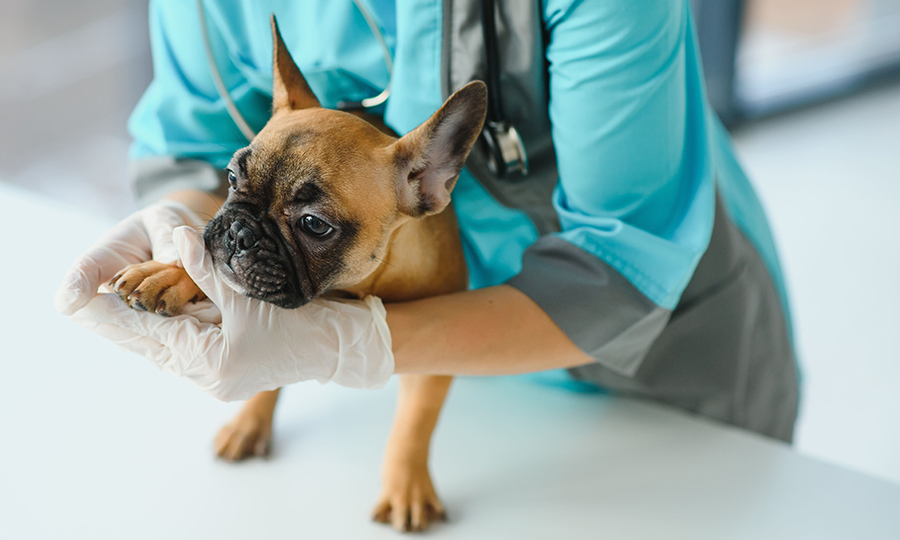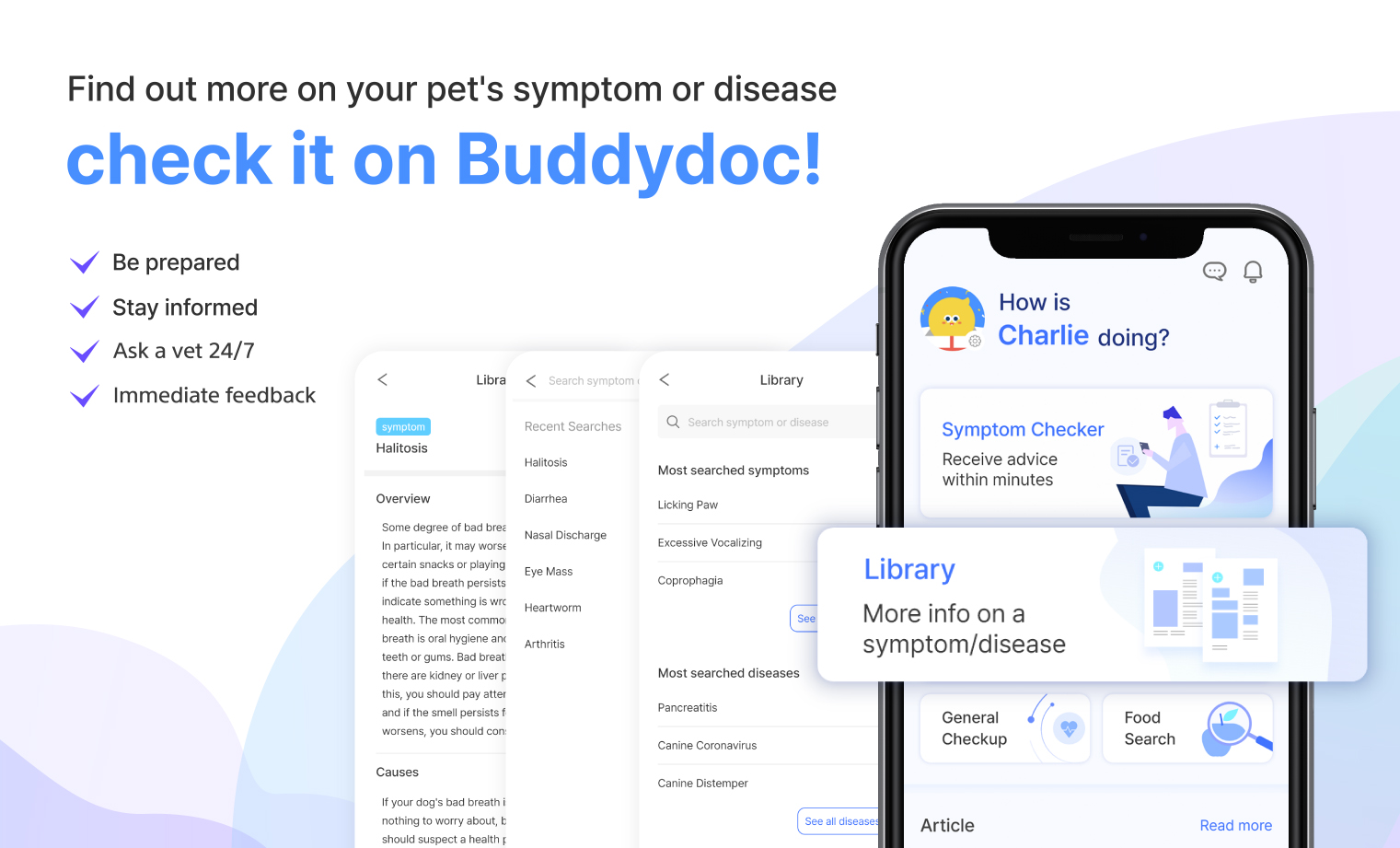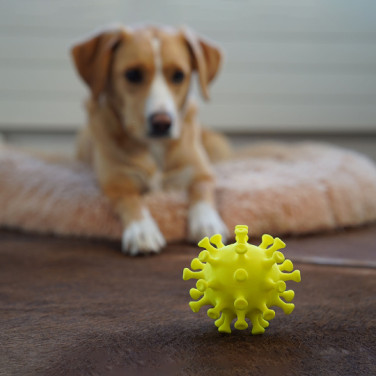DISEASES
Hypertrophic Osteopathy in Dogs - Causes and Symptoms
페이지 정보
본문


What is hypertrophic osteopathy?
Hypertrophic osteopathy is characterized by abnormal growth or swelling of the dog’s long bone on any or all four legs. This growth occurs in the soft tissue (periosteum) that covers the exterior of long bones. The condition starts in the feet and can quickly spread to the lower leg bones, affecting all four legs. The exact cause of this phenomenon has not yet been determined, but it is believed to be related to issues with the nerve and blood vessel transmission that supplies blood to the periosteum. It is considered a secondary disease to other underlying conditions, and treatment is directed at the root cause. The prognosis is dependent on the severity of the primary disease.
Causes of hypertrophic osteopathy in dogs
Hypertrophic osteopathy is a condition that is caused by a separate underlying disease. Its severity can range from benign to life-threatening, depending on the primary disease causing the swelling in the dog’s legs.
Types of hypertrophic osteopathy
- Pulmonary osteoarthropathy: A type of hypertrophic osteopathy caused by problems with the dog’s lungs.
- Thoracic hypertrophic osteopathy: A type of hypertrophic osteopathy that occurs when a tumor develops in the dog's chest.
- Infectious hypertrophic osteopathy: A type of hypertrophic osteopathy caused by infection by various causative agents.
The main cause of hypertrophic osteopathy
The most common cause of hypertrophic osteopathy in dogs is lung tumors. In addition, diseases affecting a dog’s chest and abdomen, such as tuberculosis, metastases from bone tumors, and chronic infections are also known to lead to hypertrophic osteopathy.
Symptoms of hypertrophic osteopathy
Signs of hypertrophic osteopathy in dogs usually start with lethargy, and a reluctance to move, and can include swelling of the legs. The symptoms may appear suddenly or develop over time. The presence of these symptoms indicates that there is a serious underlying health issue, beyond the abnormal growth in the dog’s legs.
Main symptoms of hypertrophic osteopathy
- Lethargy
- Pain when trying to move or when legs are touched
- Swelling of feet and legs
- Lameness
- Loss of appetite
- Weight loss
- Coughing
- Blood in the urine
When to see a vet for hypertrophic osteopathy
Hypertrophic osteopathy is typically a result of an underlying disease. The severity of the primary disease can be potentially life-threatening. Dogs that develop hypertrophic osteopathy due to disease can negatively impact their quality of life, as the swelling and pain in their feet can be cumbersome. Furthermore, symptoms like decreased energy and loss of appetite can lead to additional problems, including weight loss.
Can you treat hypertrophic osteopathy in dogs at home?
Hypertrophic Osteopathy is a disease that requires specialized treatment. Swelling of the feet and legs, along with difficulty walking, may be mistaken for a simple orthopedic issue. However, the underlying cause could be a serious ailment such as a tumor or an infectious disease. It is recommended to visit a vet to determine the exact cause and receive professional treatment.
Diagnosing hypertrophic osteopathy

A complete medical history of the patient is required to diagnose hypertrophic osteopathy, which includes information on their diet, the presence of any genetic diseases, their activity level, symptoms, and the duration of those symptoms. Early and rapid diagnosis is crucial in determining the cause of this condition.
It is then diagnosed through the following tests:
-
Physical examination
Both the forelimbs and hind limbs can sometimes become thickened and display a painful response when touched. During the physical examination, veterinarians will examine the condition of the dog’s legs and the severity of swelling.
-
Radiography
Radiographs can detect bilateral or substitutive bone enlargement. In the early stages of the disease, only the surrounding soft tissue may appear swollen, and the bone may not yet be enlarged or may enlarge before any systemic symptoms appear.
Hypertrophic osteopathy treatment method
Hypertrophic osteopathy is a secondary condition that results from an underlying disease. As a result, treatment plans can vary depending on the underlying cause.
-
Surgery
If the underlying cause of hypertrophic osteopathy is a tumor, surgical removal can be performed. Early diagnosis is crucial in enhancing the success rate of the surgery.
-
Vagotomy
Surgery can be performed to block the nerves that cause bone changes by cutting the vagus nerve in the abdominal cavity.
-
Antibiotics
If it is caused by an infection, antibiotics may be prescribed to treat it.
-
Painkillers
Painkillers may be prescribed to reduce pain.
Prevention of hypertrophic osteopathy
There is no prevention available as the underlying causes occur with no apparent reasons. It is important to detect any abnormalities as early as possible to receive the most positive prognosis. If the tumor is diagnosed as hypertrophic osteopathy and can be removed surgically quickly. However, if the tumor has spread to multiple locations and is difficult to remove, the prognosis may not be as positive. It's important for the guardian to closely monitor the puppy and, if any clinical symptoms appear, seek prompt examination at a veterinary hospital.
Find out more about your dog’s symptoms and diseases on the Buddydoc app!

The Buddydoc library is filled with everything you’d want to know about each symptom and disease your pet may experience. If you would like to find out more about the causes, signs, treatments, preventions, and more for your dog’s disease. Try out the Buddydoc app and search your pet’s symptom or disease in the Buddydoc library.












